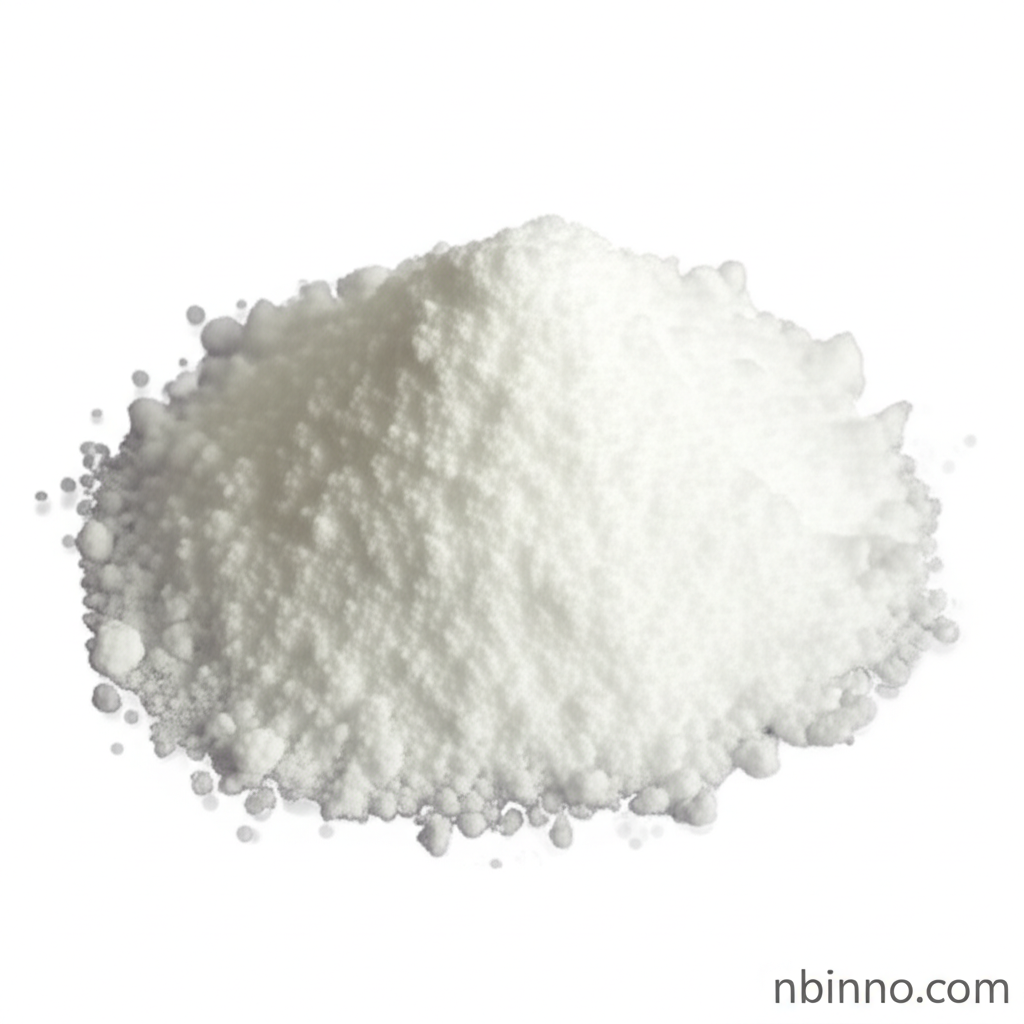Understanding 2-Methylpropylhydrazine Hydrochloride: Properties, Applications, and Safety Considerations
Your essential guide to CAS 237064-47-0, from synthesis to safe handling.
Get a Quote & SampleProduct Core Value

2-Methylpropylhydrazine Hydrochloride
2-Methylpropylhydrazine hydrochloride is a key chemical intermediate used extensively in organic synthesis and various research applications. It is characterized by its physical form and specific chemical properties, making it a valuable building block for complex molecules.
- Explore the specific properties of 2-methylpropylhydrazine hydrochloride, including its melting point and solubility, to ensure optimal use in your processes.
- Discover reliable sources to buy 2-methylpropylhydrazine hydrochloride online, ensuring quality and availability for your research needs.
- Learn about the typical isobutylhydrazine hydrochloride synthesis pathways to better understand its production and potential impurities.
- Familiarize yourself with the official 2-methylpropylhydrazine hydrochloride CAS number, 237064-47-0, for accurate identification and regulatory compliance.
Key Advantages
Versatile Chemical Intermediate
Leverage the versatility of 2-methylpropylhydrazine hydrochloride as a crucial component in a wide range of organic synthesis reactions, facilitating the creation of novel compounds.
Research and Development Utility
This compound serves as an invaluable tool for researchers exploring new chemical entities and reaction mechanisms, supporting advancements in various scientific fields.
Quality and Purity Assurance
We emphasize the importance of sourcing high-purity chemical building blocks, ensuring reproducible results and the integrity of your experimental outcomes.
Key Applications
Organic Synthesis
Utilize 2-methylpropylhydrazine hydrochloride as a reagent in complex organic synthesis pathways, contributing to the development of pharmaceuticals and advanced materials.
Research Laboratories
Essential for academic and industrial research, this chemical intermediate supports a broad spectrum of laboratory experiments and scientific investigations.
Fine Chemical Production
Its role as a fine chemical makes it a key ingredient in the manufacturing processes of specialized chemical products.
Chemical Building Block
As a fundamental chemical building block, it enables the construction of larger, more intricate molecular structures crucial for various industries.
Related Technical Articles & Resources
Why Choose Us?
Leverage our expertise and state-of-the-art infrastructure to accelerate your journey from discovery to commercial success.
Global Experience
With 20 years of R&D, manufacturing, and sales experience, we proudly serve clients across 60 countries and regions worldwide.
Advanced Facilities
Our in-house R&D laboratory, pilot platform, and large-scale production workshop are equipped to meet the audit requirements of global customers.
Seamless Scalability
We facilitate a perfect transition from small-scale lab requirements (grams) to full commercialization (hundreds of tons).
